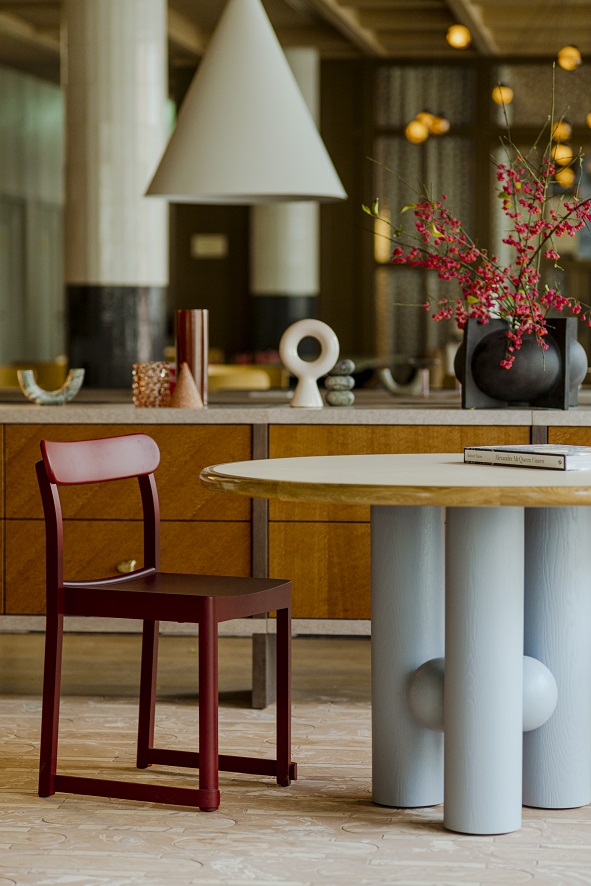
The way we experience the world is often described from a visual perspective, in some cases even auditive. However, have you ever tried to explain your surroundings through taste? We think this is possible and that’s why we are breaking down none other than interior design according to the five basic tastes of sweet, sour, salty, bitter, and umami. In doing so, we are shifting the narrative of design as a visual form of creativity, to an art that must also be savored in order to bring out its full potential.
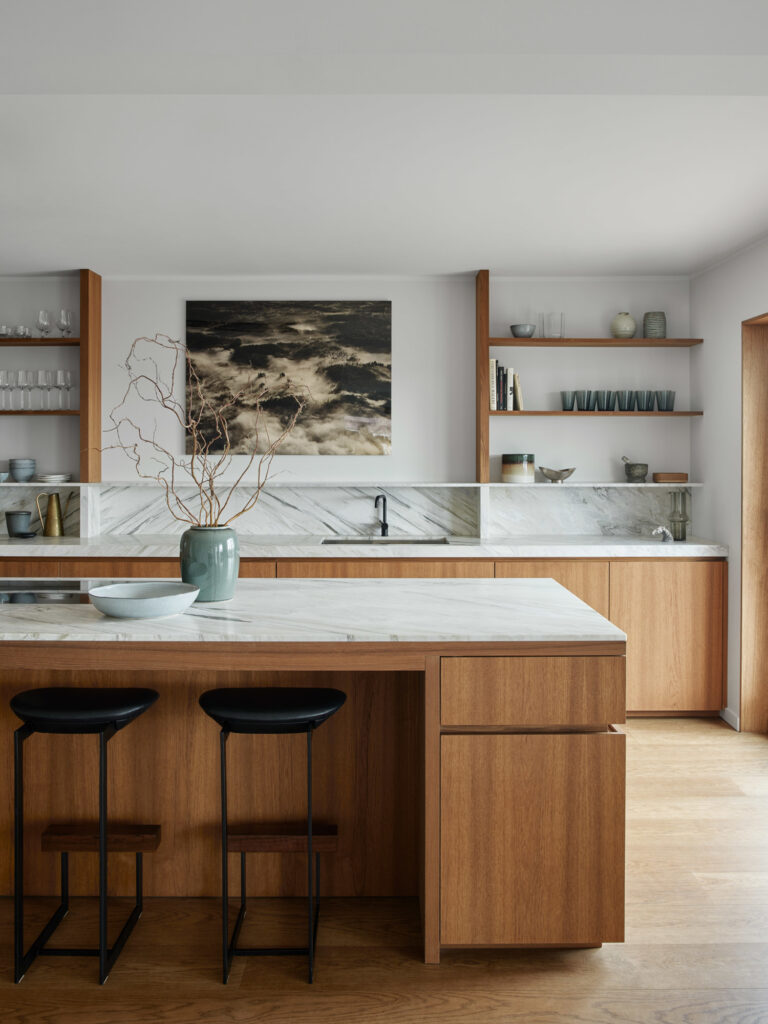
Appetizer: plating interior design
An experienced chef can tell you how much visual presentation matters at the time of plating a dish. This is because look often complements taste- as long as the flavor also stands out. The same can be said about interiors- what is a space without charm or functionality? The best way of truly savoring and enjoying the experience our interiors provide is by looking at how we can balance aesthetics, function, and taste.
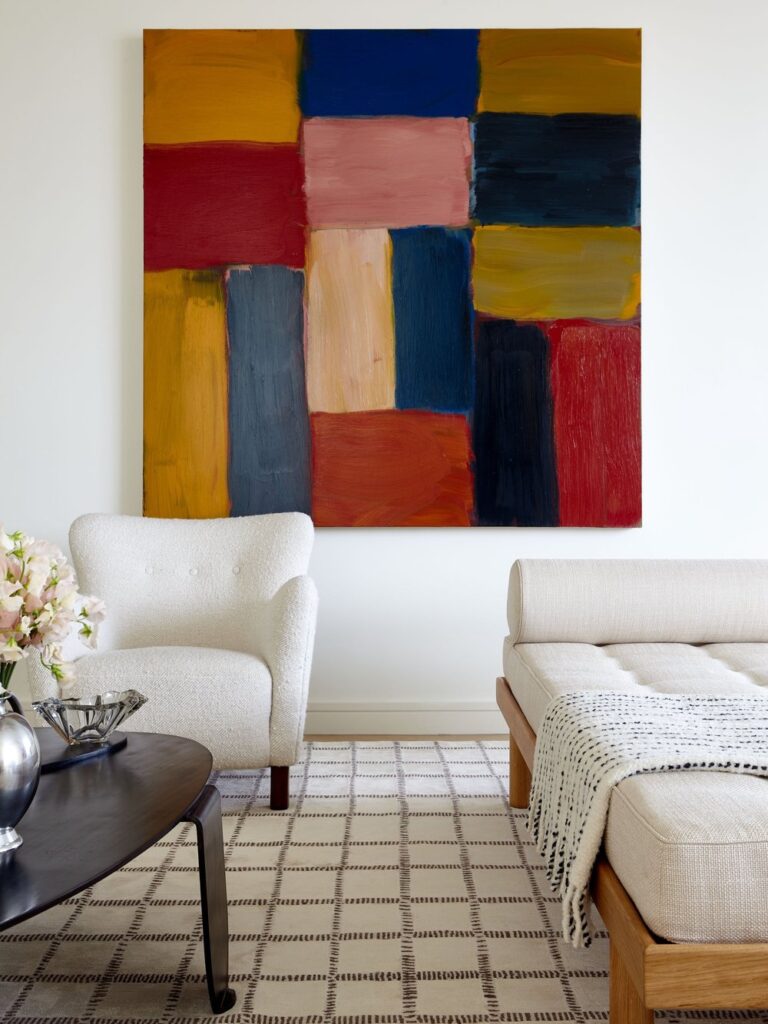
A sweet bite
How can an interior exude sweetness? Just trace back the cozy moments you tasted something sweet and the way this made you feel. You will discover that the reason sweetness is often associated with comfort, warmth, and a sense of indulgence, is related to our connection with childhood and all the positive instances we shared with our favorite sweet snacks. In interior design this can be recreated with soft textures, comfy furniture, warm color palettes like soft pastels or neutrals, and plush accessories. All this can be nicely wrapped with curved lines and soft shapes of your architecture or design to create a harmonious recipe.
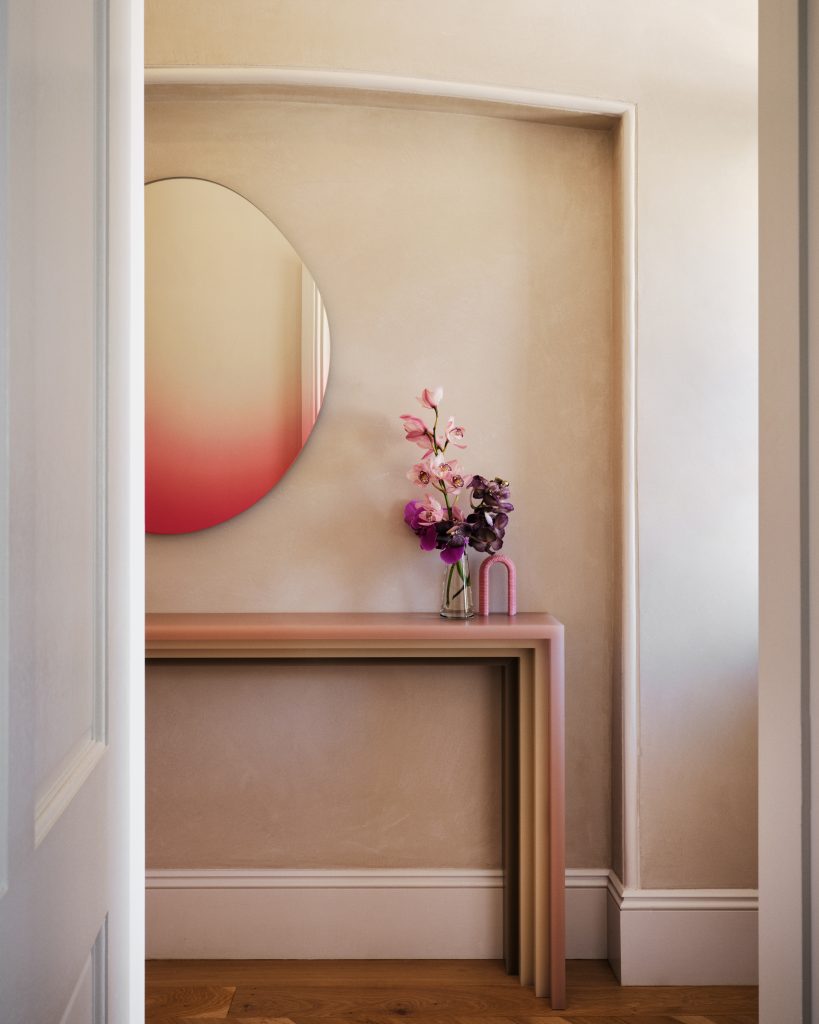
Just a dash of sourness
Sour is not necessarily undesirable. A bit of it in our lives can come in the form of a tasty cherry tart, cranberries, kimchi or a vibrant interior full of playfulness and energy. One can taste a sour spark in bright and bold interiors that dare to stand out with their eclectic patterns and unconventional design elements. If you are feeling adventurous, then take a bite of this taste by mixing contrasts, incorporating quirky lighting, and dynamic furniture to create a lively atmosphere.

Sprinkling some salt
Salt is the essential ingredient that gives dishes a sense of balance and grounding. In interior design this can be illustrated with earthy tones, natural and classic materials like wood and stone, and clean lines. This somewhat minimalist approach evokes the taste of saltiness with simple ingredients like straightforward forms and a focus on functionality. Like salt, this design does not work on its own, but rather in combination with other ingredients that combine to form an appealing creation.
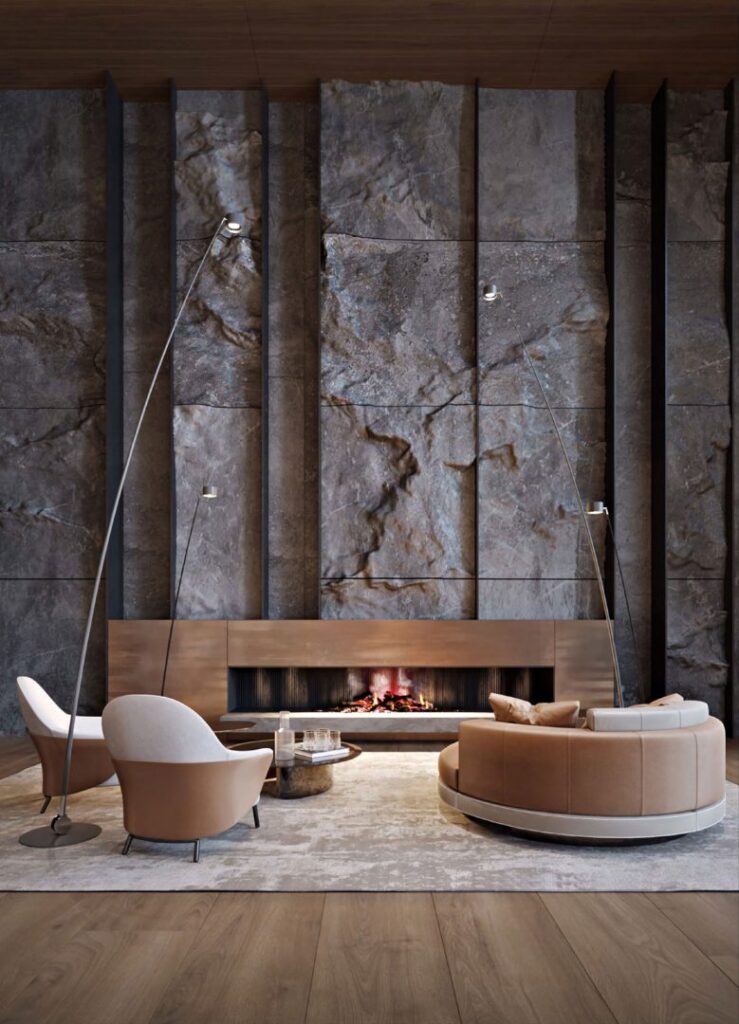
The right amount of bitterness
Bitterness is for the experienced palettes, for those who can appreciate the sophisticated taste of dark chocolate, coffee, or green tea. Likewise, this taste is found in interiors dominated by darker color palettes, rich textures like velvet or leather, and the presence of intricate details. To replace the deep bitter notes of certain foods, interior design experiments with deep hues, moody lighting, and dramatic elements that are not usually found in mainstream design.

Craving umami
Difficult to describe, umami is that flavor that one can’t get enough of as it enriches our tongue with its depth and fullness. This mysterious taste can be conveyed in design through luxurious materials such as silk, velvet, or satin, as well as through warm and comforting colors like deep reds, browns, or gold. At the same time, to recreate the layers of umami flavor and dedication needed to create this experience, interior design also requires layering textures, incorporating subtle yet impactful accents, and focusing on creating a sensory-rich environment rather than a purely aesthetic one.
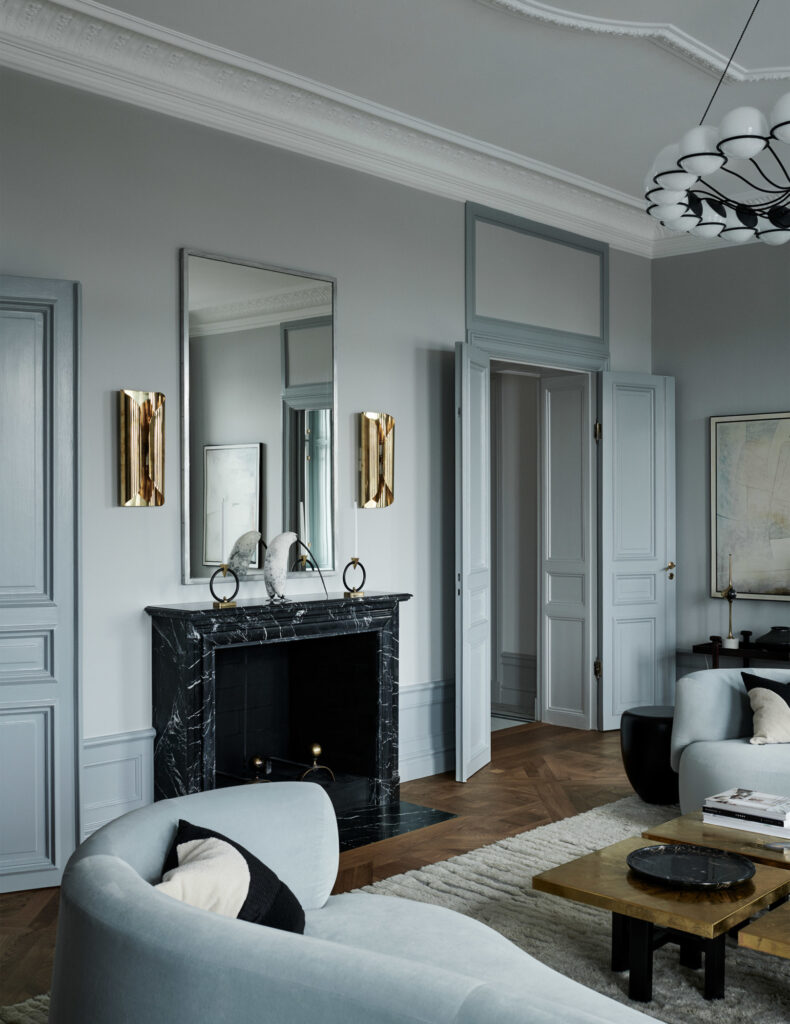
Dessert: The purpose of linking design to taste
Looking at design through the lens of our five tastes provides a holistic framework that goes beyond visual aesthetics- enabling us to get creative with our interiors. Rather than mere spaces we inhabit, these environments become the triggers for enjoyable emotional and sensory responses that smart interiors like hotels, restaurants, or spas often acknowledge in their design. Imagine integrating this thinking into your own spaces to create more immersive and evocative instances that resonate with you on a deeper level. This viewpoint takes the pleasure from taste into account and reshapes this flavorful experience according to the laws of design and your own tastes for interiors.
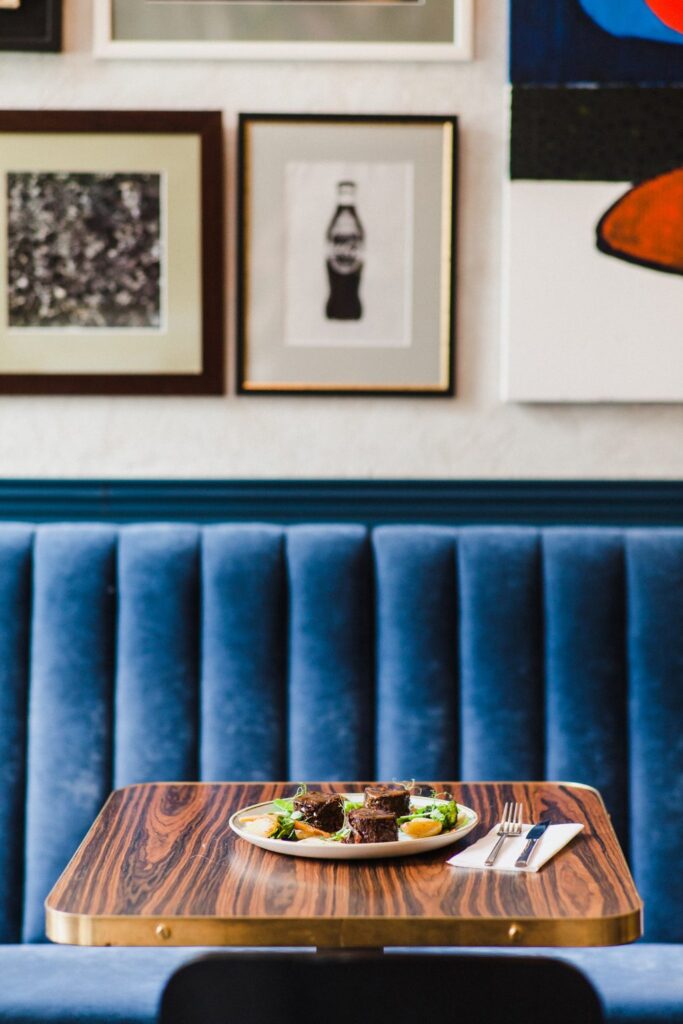
A digestive note
Every year brings us a new and innovative design or recipe that comes from someone’s decision to take an unconventional and surprising approach. What could be more unusual and innovative than thinking about design in terms of taste? If you find pleasure and joy in tasting a well executed dish, you might also consider using a similar method to create an equally enjoyable interior. This trend which connects us further with the spaces we inhabit or come in contact with, suggests a future where interior design interacts freely with all our senses to create deeper connections between humans and our built environments.
